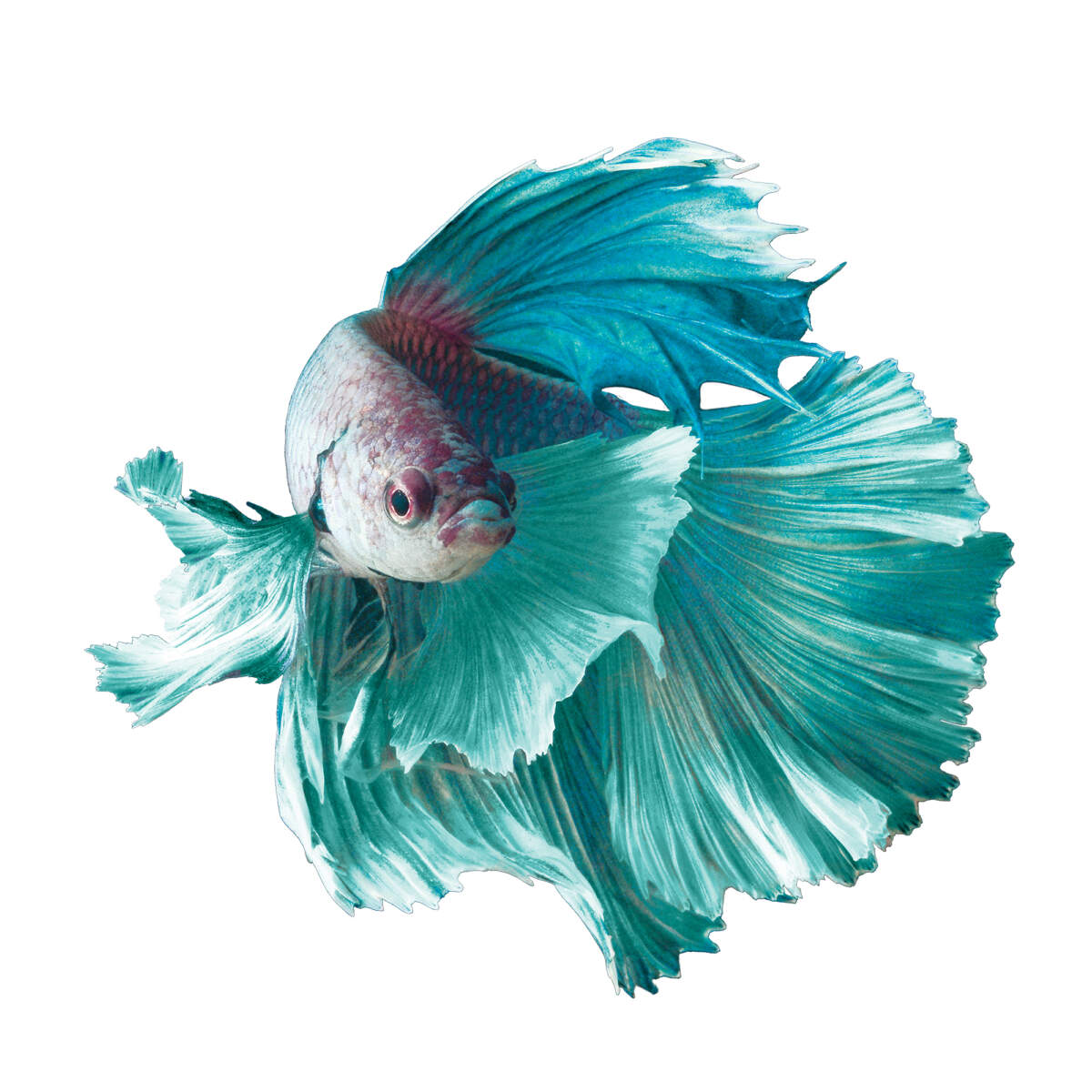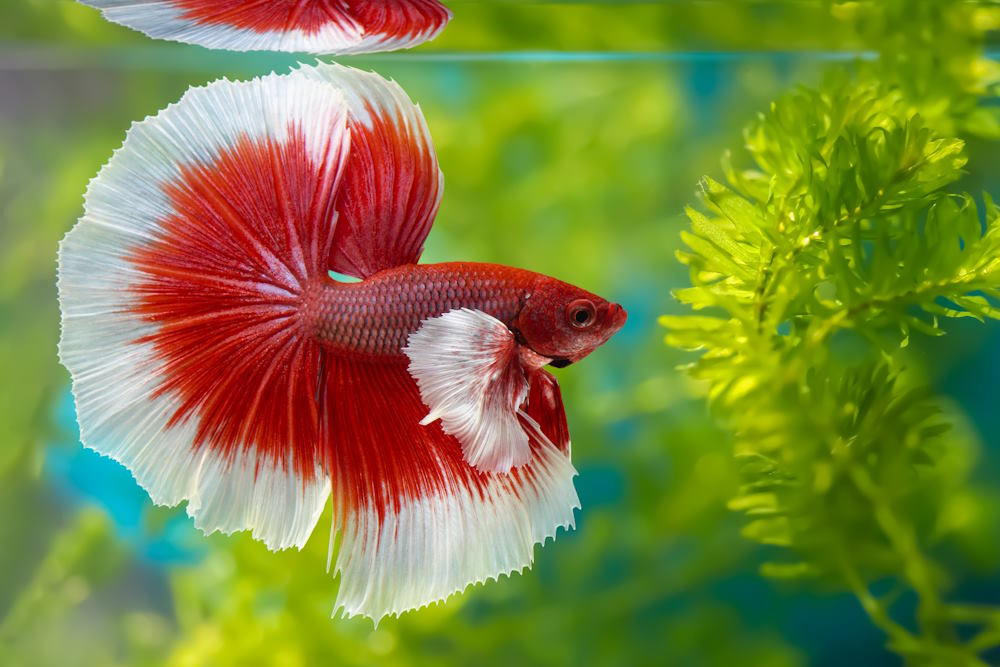Betta Fish Life Expectancy: Just How to Ensure Your Betta Lives Longer
Betta Fish Life Expectancy: Just How to Ensure Your Betta Lives Longer
Blog Article
Breeding Betta Fish: a Comprehensive Step-By-Step Guide to Efficiently Raising Baby Bettas From Eggs to Their Adult Years
Breeding Betta fish is a careful undertaking that requires careful preparation and execution to guarantee the effective advancement of fry from eggs to develop fish. As the male Betta vigilantly constructs a bubble nest and guards the priceless eggs, the succeeding phases of treatment and change need attention to information and understanding of best techniques.

Picking Breeding Pairs
When getting started on the trip of breeding Betta fish, picking the best reproduction pairs is crucial to attaining desirable attributes and a healthy and balanced family tree - betta fish. The very first step in this process is to recognize the particular traits you want to improve or preserve, such as shade, fin type, and body shape. It is vital to pick genetically varied pairs to prevent inbreeding, which can lead to wellness issues and unfavorable qualities
Review possible reproducing prospects carefully. A healthy male Betta ought to exhibit vibrant shades, an active disposition, and well-formed fins, while the lady ought to additionally present dynamic pigmentation and a rounded belly, suggesting readiness for spawning. Observing the personality of both fish is vital, as aggressive or extremely timid people may not breed efficiently.
Documents of family tree is equally important. Keeping documents of the parent fish's origins can assist you track hereditary characteristics and possible problems. In addition, consult respectable breeders or on-line sources for guidance on choosing compatible pairs. Ultimately, investing time in the choice procedure will dramatically enhance the likelihood of generating strong, lively children that satisfy your reproduction goals (betta fish).

Preparing the Breeding Tank
Producing an optimal breeding setting is an essential step after picking appropriate pairs for Betta fish. The reproduction storage tank should be especially developed to supply comfort and promote the natural reproduction habits of the fish. Start with a storage tank size of at the very least 10 gallons to make sure ample room for both the male and women Bettas.
Maintain a mild filtration system to keep the water clean while avoiding solid currents that can emphasize the fish. Additionally, an air rock can be included in provide oxygenation without interfering with the water surface area excessive.
Temperature level policy is critical; go for a stable variety of 78-82 ° F(25-28 ° C) utilizing a reputable heating unit. The pH level must be maintained in between 6.5 and 7.5, and regular water modifications are necessary to make certain high water top quality.
Incorporate floating plants or generating sponges to produce concealing areas for the lady, while likewise encouraging bubble nest structure by the male - betta fish. Make sure the tank is totally free from sharp designs and any possible hazards, as the welfare of the fish should always be prioritized during this critical phase of reproduction.
The Breeding Process
Usually, the breeding process for Betta fish includes a series of unique and visible behaviors that show readiness for recreation. The male Betta starts by constructing a bubble nest at the water's surface, which acts as a site for the fertilized eggs. This nest is critical, as it gives a secure environment for the eggs up until they hatch out.
Once the nest is established, the male will show courtship behaviors, such as flaring his fins and exhibiting lively shades to attract the female. The lady, upon picking up the man's readiness, will react by presenting vertical stripes along her body, signifying her receptiveness.
The fertilized eggs then drop to the bubble nest, where the male very carefully collects and returns them to the nest. Following this, the male presumes duty for safeguarding the nest read the article and ensuring the safety and security of the eggs until they hatch out, commonly within 24-36 hours.
Taking Care Of Betta Fry
Caring for Betta fry calls for mindful focus to their environment and nourishment to guarantee healthy development and growth. After hatching out, Betta fry are exceptionally small and susceptible, requiring a secure and tidy habitat.
Feeding Betta fry is just as important. Initially, they must be provided infusoria or carefully smashed high-grade fry food, as their mouths are also little to deal with larger fragments. As they expand, you can progressively present bigger foods, such as infant salt water shrimp or powdered flakes, to guarantee they receive ample nutrition. Feed them small quantities numerous times a day, taking care not to overfeed, which can lead to water high quality problems.
Transitioning to Grownup Bettas
As Betta fry fully grown, transitioning them to adult Bettas is a vital stage that needs careful administration of their setting and social communications. This process typically starts when the fry get to around six weeks old, at which factor they can be progressively presented to a more organized living atmosphere.
To promote this transition, it is crucial to ensure that the water criteria-- such as temperature level, pH, and ammonia levels-- are optimal and steady. Grown-up Betta fish thrive in warm water (around 78-80 ° F) with a pH of 6.5 to 7.5. Gradually adapt the fry to these conditions to minimize anxiety.
Social communications are one more crucial aspect; male Bettas are infamously territorial Learn More and hostile. Consequently, it is a good idea to different men right into specific tanks as they grow. Women Bettas can be housed with each other, however care should be required to more tips here keep an eye on for indicators of aggressiveness.
Additionally, nutritional modifications need to be made as the fry grow. Include high-quality pellets and live foods to support their development and health. By taking care of these variables efficiently, you can promote an effective change to adulthood for your Betta fish.
:strip_icc()/siamese-fighting-fish-bettas-1378308-hero-f459084da1414308accde7e21001906c.jpg)
Conclusion
Effective reproduction of Betta fish requires careful interest to information throughout the entire process, from picking genetically varied pairs to giving ideal look after fry. By making certain suitable reproduction conditions and maintaining water quality, the likelihood of healthy and balanced spawn enhances dramatically. In addition, a balanced diet and gradual adjustment to adult environments are important for the growth and growth of Betta fish. Following these actions vigilantly fosters a flourishing population of Betta fish, boosting both their health and wellness and vitality.
Report this page